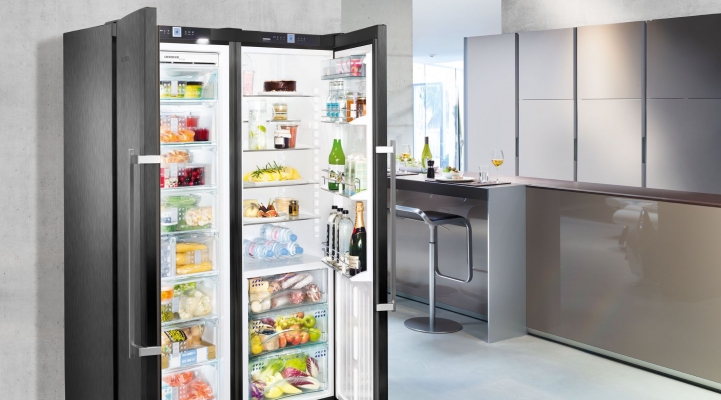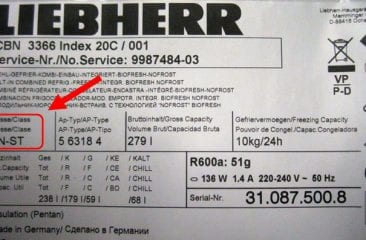
Wherever refrigerators & freezers are sited , they are designated a climate class so that those can work optimally.. The climate class can be found on the rating plate, and it gives information about the ambient temperature range within which the appliance is designed to perform well and can deliver its highest efficiency.
From time to time, it’s well worth thinking about updating your refrigerator or freezer, and new appliances offer many exciting features that influence your buying decision. However, you must also bear in mind where you plan to install the appliance and be aware of the ambient temperature range in that area, because not all appliances are suitable for all ambient temperature ranges!
The Household Refrigerating Appliances standard IEC 62552 helps you with this, specifying the characteristics of the refrigerators and freezers and the test methods used in relation to them. Appliances are assigned one or more of the four climate classes – the climate classes are indicated on the appliance and detail the temperature ranges in which the appliance is suitable for use. For you as a customer, the classification/labelling enables you to see the ambient temperature range in which the appliance will be able to maintain the necessary storage temperatures. And, for us as a global company, the climate classes are extremely important because Liebherr sells its refrigerators and freezers in almost every country of the world, in all sorts of climate zones ranging from extremely cold to hot and humid.
The climate classes:
- SN = Subnormal: suitable for use in ambient temperatures of +10°C to +32°C
- N = Normal: suitable for use in ambient temperatures of +16°C to +32°C
- ST =Subtropical: suitable for use in ambient temperatures of +16°C to +38°C
- T = Tropical: suitable for use in ambient temperatures of +16°C to +43°C
It is vitally important that you pay attention to the climate class information on the appliance as failure to do so can detrimentally affect the functioning and service life of your appliance, and its energy efficiency.

Incidentally, about 98% of Liebherr’s freestanding appliances and 80% of its built-in appliances offer two or more climate classes. For example, the CBNes 6256 offers climate classes SN-T, making it suitable for use in ambient temperatures from +10°C to +43°C. Some of our appliances, like our freezers with NoFrost and SmartFrost, can be used in colder environments down to +5°C, thereby exceeding the standard requirements.
What else should you consider regarding climate classes?
With the exception of the case sited above, if you have an appliance designed for use in the range SN-T, it should not be used in temperature conditions below +10°C because the viscosity of the oil in the compressor will increase. With this loss of fluidity, optimal ‘lubrication’ is no longer guaranteed and the compressor can be damaged.
Information about your appliance’s climate class can be found on the rating plate and in the operating instructions.
If you enjoyed this post, make sure you subscribe to our Newsletter and keep up-to-date with all the news from the Liebherr World of Freshness. Or, if you have any questions or comments about what you’ve read, please get in touch with us! Simply use the comment function below this post or join in a discussion with us on Facebook.